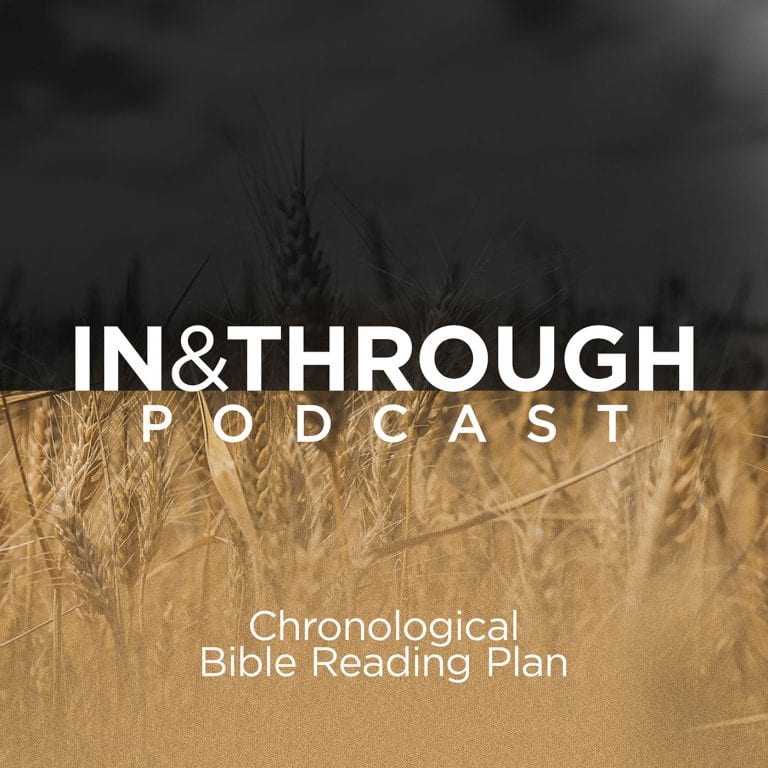Those of us who love the events and writings of the Reformation tend to think of the upheaval brought to late-medieval Europe in theological terms. Martin Luther (1483–1546) expounded doctrines such as justification by faith alone or the sole authority of scripture with great force. Yet the recovery of the kernel of the Christian faith had implications beyond just theology. The Reformation had practical effects that have maintained an enduring legacy. The prime example of which is the development of what we today might refer to as the Christian family. When Luther declared that a person cannot curry favour with God through acts of devotion but by simple faith in Christ alone, it had tremendous ramifications in the lives of individuals. For instance, monks and nuns read Protestant writings and desired to leave monasteries and convents, recognising that they can be just as devoted to God outside the cloister as they were within. With the influx of single monks and nuns into society, there was a great need to see them get married. Luther recognised the impact his writings had on the lives of men and women and so took the responsibility upon himself to ensure that the newly freed religious devotees enter into the estate of matrimony.
This destruction of monastic life brought the ire of Catholic opponents who accused the Reformers of wanting to be freed from their vows because they could not control their sexual urges. In defense, Luther took up his pen to teach what a biblical view of marriage and the family should look like. He clarified the right kind of celibate devotion, the general need to marry, and what is required for godly marriage. He had an uphill battle against a society and church that viewed marriage as a necessary evil—oftentimes engaged for the sake of political alliance, or economic expediency—that it was merely for procreation, and that children were only to be tolerated. As Linda Mitchell says, marriage “was a pragmatic institution that focused more on social and family issues than on love, companionship, or religious motivations.”[1] One reason for this was the abiding theological notion, brought into the church through the writings on celibacy by church fathers such as Jerome (d. 420) or Augustine (354–430), that the monastic life was the more spiritual, and that marriage and sex were impediments to devotion. The Venerable Bede (ca. 673–735), an English monk, once wrote that he was not able to pray during sexual intercourse, and because Paul tells Christians to pray without ceasing, he should therefore abstain from sex! If a person was to get married, it was for procreation. The notions of companionship or love were hardly considered.
Luther combated this in numerous writings, most especially in his 1522 work The Estate of Marriage. In it, Luther “rejected most of the impediments placed on marriage by the medieval church.”[2] Marriage was no longer seen as a sacrament, rather it was “worldly,” by which he meant that as a pre-fall institution given at creation, it was intended for humankind generally. While some “special miracles” are gifted by God with singleness, the rest were divinely implanted with sexual desire that needs to be expressed within the bond of marriage. To deny this and enter the cloister was rebel against that which God had ordained for the individual and was an act of disobedience that could result in personal disaster.
Luther’s most important contribution to the Christian understanding of marriage that had sadly been lost for hundreds of years was his insistence that though procreation was integral, more poignantly, marriage was about companionship. In his commentary on Genesis 2:19 he said, “Today after our nature has become corrupted by sin, woman is needed not only to secure increase but also for companionship and protection.” Here he strikes a balance between God’s command to “be fruitful and multiply,” and his observation that “it is not good for man to be alone.”
Luther exemplified companionship in his own marriage to Katharina von Bora (1499–1552).[3] Initially, after his “Reformation breakthrough,” Luther did not think that he would ever marry. Reasons for this include his belief that he would soon be martyred, or that Christ would return immanently, but more than these, he did not want to gratify those opponents who accused him of a lack of self-control. Things changed after a freed nun from a convent in Nimbschen failed to find a spouse. Katharina had a strong personality and Luther was initially not attracted to her, but after her fellow nuns were married off, Luther was confronted with the possibility that he may have to take her as his wife. This he would not do until he came across a letter where an opponent named Hieronymus Schurrf crowed that were Luther to marry, all the devils would laugh. Luther’s great impetus to marriage was spiting the devil! He said, “If I can arrange it, I will marry Kate in defiance of the devil and all his adversaries.”
On June 13, 1525, Luther and Katie were married and quickly enjoined a happy and exemplary marriage. The suddenness of this was not lost on Luther: “A man is likely to wonder a great deal when he first gets married. Sitting at the table he muses, ‘Not long ago I was by myself, but now there are two of us.’ When he is in bed and wakes up, he sees two pigtails next to him—something he did not see there before.”[4] Though it came unexpectedly, marriage proved to be a “hospital” of the soul, as he had described it. Katie became a trusted companion to him, and a major source of spiritual and emotional strength, especially during the dark days of the Reformation. She was, like her husband, a work-horse who ran their home, farmed, took care of students, mothered children, acted as Luther’s printing agent, and even brewed beer! She was also a match for Luther’s wit. Once, while he was in a bout of depression, she walked around the house in funeral attire. When Luther asked if someone had died, she replied that since he was acting like God was dead, she might as well mourn with him!
Luther deeply loved his Katie and expressed that in his letters to her, often addressing her as “my rib,” “Lord Katharina,” “Sir Katie,” “the empress,” “my true love,” “holy lady,” or “gift of God.” Of her he could say: “My Katie is in all things so obliging and pleasing to me that I would not exchange my poverty for the riches of Croesus.” He also referred to the epistle to the Galatians, his favourite of Paul’s writings, as “my Katharina von Bora.”[5] Though his marriage was unexpected, he could also say, “a good wife is not found accidentally and without divine guidance. On the contrary, she is a gift of God.”[6]
As we celebrate the five-hundredth anniversary of Luther’s Ninety-Five Theses and the beginning of the Reformation, and as we rightly highlight the importance of justification by grace alone, through faith alone, in Christ alone, let us not lose sight of the ramifications of these doctrines for life. And let us thank God that the Reformation not only recaptured the gospel for the church, but also replaced companionship at the center of Christian marriage.
[1] Linda E. Mitchell, Family Life in the Middle Ages, Family Life Through History (Westport, CT: Greenwood Press, 2007), 36.
[2] Scott H. Hendrix, Martin Luther: Visionary Reformer (New Haven, CT: Yale University Press, 2017), 140.
[3] See the recent study Michelle DeRusha, Katharina and Martin: The Radical Marriage of a Runaway Nun and a Renegade Monk (Grand Rapids, MI: Baker Books, 2017).
[4] Cited from Justin Taylor, “Martin Luther’s Reform of Marriage,” in John Piper and Justin Taylor, eds., Sex and the Supremacy of Christ (Wheaton, IL: Crossway, 2005), 226.
[5] Cited in Roland H. Bainton, Here I Stand: A Life of Martin Luther (Nashville, TN: Abingon Press, 2013), 299.
[6] Cited in Taylor, “Luther’s Reform of Marriage,” 223.






















